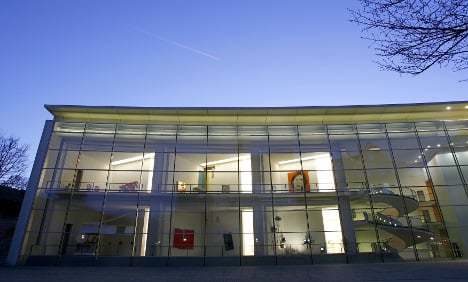Titled “Reading-work-piece”, the 1965 artwork by Arthur Köpcke is, or was, an excerpt of an unfinished crossword with the caption “Insert Words”, Die Welt reports.
Hannelore K. was visiting Nuremberg’s Neues Museum on Wednesday with her seniors group.
According to a spokesperson for the museum, the retired dentist filled out some of the empty boxes in pen.
Nürnberger Nachrichten reports that one of the questions on the ‘crossword’ asked the English word for Mauer (wall).
Knowing the answer, the old woman whipped out her pen and wrote it down, simply following instructions.
“If it’s written there, I’ll do it,” the pensioner reportedly said.
She is also said to have spelt out a few more clues, but the museum has not revealed these details, and the extent of the 91-year-old’s general knowledge remains unknown.
When the museum staff realised what she had done they brought her straight to the museum's curator.
Police were then called to the scene but the perpetrator was not treated badly.
“The woman definitely had no ill intent,” said curator Eva Kraus. “But we had to report the damage.”
No permanent harm was done by the old lady in the end, and restoration artists are already working on removing the pen marks from the piece.
The painting was insured for €80,000 but the old lady can rest easy – the museum will cover the repair expenses of a few hundred euros.



 Please whitelist us to continue reading.
Please whitelist us to continue reading.